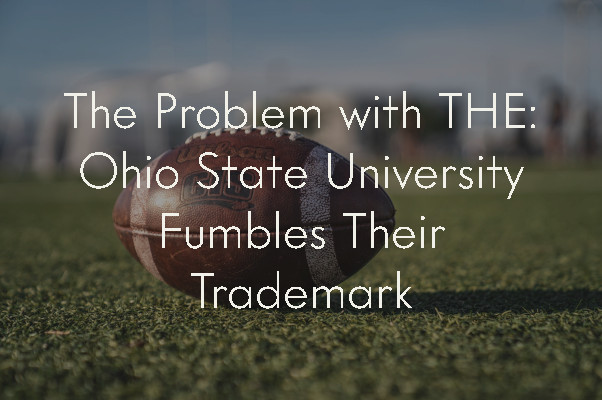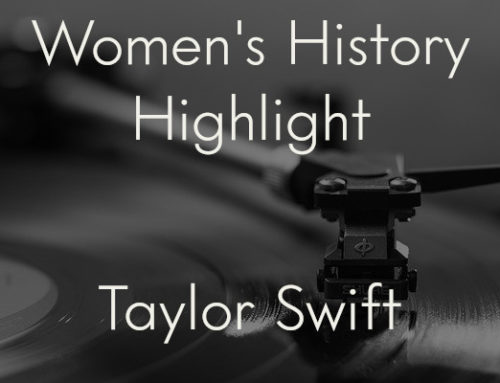Ohio State University’s toughest opponent this season is not on the football field, but in Washington D.C. – the United States Patent and Trademark Office. OSU recently applied to trademark the mark “THE” in order to protect a line of t-shirts and hats sporting the word in large letters above a very small school logo[1].
The USPTO responded to OSU in the form of an office action. An office action is an official letter in which the application’s examining attorney lists any legal problems with the application or applied-for mark. All such issues must be resolved to complete registration and may be as simple as clarifying the good or mark. Other times, the office action is a flat-out refusal. Common grounds for refusal include a likelihood of confusion with an existing trademark or if the mark is a commonplace phrase. In most instances, office actions require the applicant to respond in order to move forward with the registration process. If the response is not filed within the specified timeframe, the application will be deemed abandoned and the mark will not be registered.
In their office action, OSU’s examining attorney objected to the mark and application on two counts. The first issue was a prior pending application for “the”, filed by fashion designer Marc Jacobs in May of 2019. Jacobs’s application is still pending but, because it was filed first, it would have priority over OSU’s if approved. The second issue with the mark was its use, which the USPTO judged “merely ornamental.”
In order to be registered, a trademark must indicate the source of the goods, not just serve as decoration. A trademark that may be considered purely aesthetic can still be registered if the applicant can prove that the mark is inherently distinctive[2]; ornamental aspects must be incidental. The USPTO looks at relevant trade practices, evidence of distinctiveness, and the commercial impression made by the design, which includes the size, location, dominance, and significance of the mark[3]. When a trademark is used on clothing, as in the OSU case, the USPTO holds that consumer recognition increases with small designs and logos located on the breast of a shirt (think of the Ralph Lauren polo horse) and logos in large print on the front of shirts (think Tommy Hilfiger’s “Tommy”) [4]. While this is not the only acceptable layout, OSU’s deviation from it did not help their chances. One of the best places for a trademark on clothes is the label, because that is where people look to find where the clothes came from.
Unlike OSU’s game-day competitors (so far this season, at least), the USPTO did not simply hand the school a win. The office action stated that consumers would probably view the “THE” as ornamental because of its prominent position on the hat and shirt. The examining attorney also found that the size of font overpowered OSU’s logo, hindering consumers’ ability to determine the trademark’s source. The office action did provide a list of alternatives that may be acceptable, but it will be difficult to substantiate the signifying qualities of “THE”. Fans may still say “THE Ohio State”, but the USPTO did not find that “THE” identified the school.
Unless Ohio State can amend their application to establish that “THE” is theirs, they should take a play from Urban Meyer and abandon it[5].
This is the second post in a short series on Trademarks. The first, “Taco Tuesday” Trademark is Lebron’s Biggest Airball, details the attempt by another Ohio legend, Lebron James, to trademark “Taco Tuesday”.
[1] http://tsdr.uspto.gov/documentviewer?caseId=sn88571984&docId=OOA20190911082303#docIndex=3&page=1
[2] In re Lululemon Athletica Can. Inc. 105 USPQ2d 1684 (TTAB 2013).
[3] In re Lululemon Athletica Can. Inc. 105 USPQ2d 1684 (TTAB 2013).
[4] In re Lululemon Athletica Can. Inc. 105 USPQ2d 1684 (TTAB 2013).
[5] https://bleacherreport.com/articles/2809209-urban-meyer-leaves-another-program-disgraced-and-it-wont-be-his-last





